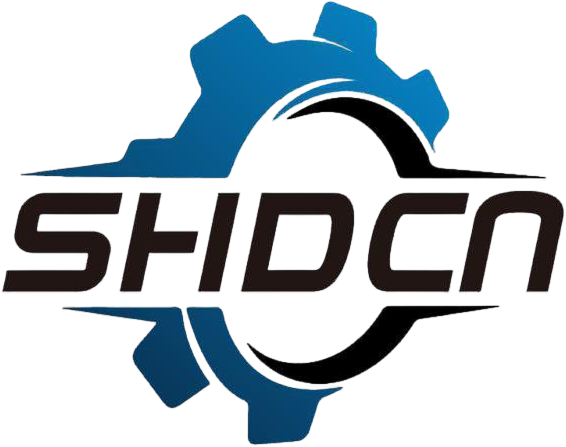The biomass world is changing fast, and wood chippers are at the heart of that change. These tough little machines turn leftover wood into handy chips that can be burned for energy or turned into other green products. In this post, we’ll look at what wood chippers really bring to the biomass industry, from everyday perks to new trends on the horizon.
Streamlining Material Handling in Biomass Production
Simply put, a wood chipper takes big logs, branches, and similar junk and slices them into bite-sized pieces. Once the wood is chipped, it is easier to move, store, and feed into energy plants. For example, a large pile of unprocessed wood waste that would take multiple truckloads to transport can be reduced to a fraction of its original volume after chipping, requiring fewer trips and lowering transportation costs. By making waste smaller, the chipper helps keep dump sites empty and keeps the business of biomass running smoother and greener. This efficient processing also reduces the risk of mold growth on stored wood waste, as the smaller chips have better air circulation, maintaining the quality of the material for energy production.
Versatility: Maximizing Resource Utilization
Because wood waste comes in so many shapes and sizes, a good chipper must be flexible. Most modern machines can chew up thin branches, tall tree tops, and even whole storm-damaged trunks without skipping a beat. That kind of versatility lets biomass operators squeeze every last bit of usable material from a job, turning what once sat idle in a yard into clean energy or mulch for gardens, parks, and roads. For instance, after a storm, a large amount of broken tree trunks and branches can be processed by wood chippers into mulch, which is then used to protect the soil in public parks, preventing soil erosion and enhancing the appearance of the green spaces.
Technological Advancements Boosting Efficiency
As interest in clean energy keeps climbing, the biomass sector is enjoying a wave of new tech upgrades. Modern wood chippers now boast handy features that boost performance on the job. Many models let operators set the chip size, so the material comes out just right for each project. For biomass plants that use wood chips for power generation, a specific chip size ensures optimal combustion efficiency, reducing energy waste. Newer engines burn fuel more completely, trimming both smoke and fuel bills, which pleases workers and regulators alike. Some advanced models are even equipped with sensors that monitor the machine's performance in real-time, alerting operators to potential issues before they cause breakdowns, minimizing downtime.
Fostering Collaboration in the Biomass Supply Chain
These smarter wood chippers are also pulling different players together along the biomass supply line. Forestry firms, for instance, can team up with power plants, feeding leftover timber directly into production. That closed-loop trade thickens local economies and makes forest management more financially stable, especially in rural areas. Sawmills, which produce a lot of wood waste during the processing of logs into lumber, can now easily partner with biomass facilities using wood chippers. The sawmills transport their wood waste to the chippers, where it is processed into chips and then sold to the biomass facilities, creating a mutually beneficial relationship that reduces waste and increases revenue for both parties.
Future Outlook: Sustained Growth and Innovation
Looking forward, wood chippers will likely stay at the front of the biomass evolution. More firms are waking up to the profits of renewable energy, and that will push sales of lean, fast processing gear. On top of that, friendly government rules keep funneling money into green projects, locking in steady demand for wood chippers for years to come. With the continuous development of technology, we can expect to see more energy-efficient and intelligent wood chippers in the future. These machines may be integrated with automated systems, allowing for remote operation and better coordination with other equipment in the biomass production line, further improving the overall efficiency of the biomass industry.
To sum up, wood chippers play a big role in the biomass field by making it easier to handle tree waste, helping resources stretch further, and backing eco-friendly habits. As machines get smarter and people want more clean energy, these handy tools will matter even more in steering biomass forward.

